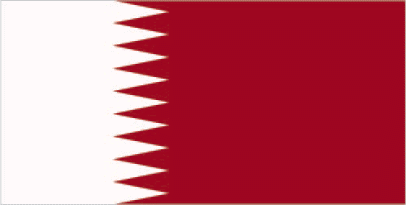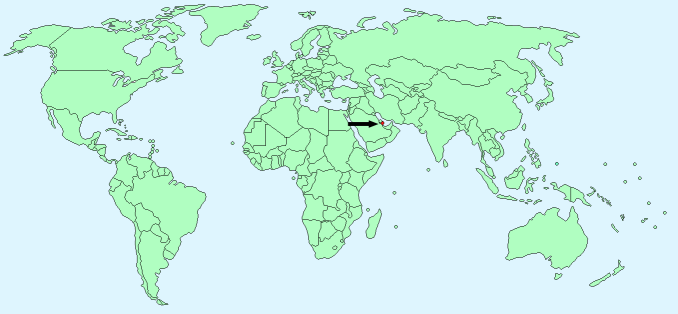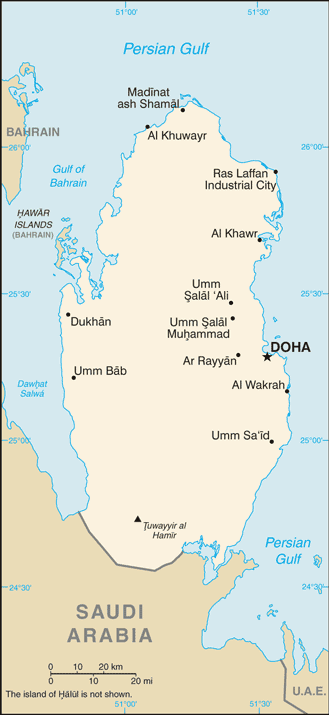Qatar


Continent – Asia
Region – Western Asia
Size – 11,586 km²
Geography – flat desert
Language – Arabic, English
Religion – Muslim 77.5%, Christian 8.5%, other 14%
Monetary Unit – Qatari riyal
Natural Resources – petroleum, natural gas, fish
Agriculture – fruits, vegetables; poultry, dairy products, beef; fish
Industry – liquefied natural gas, crude oil production and refining, ammonia, fertilizers, petrochemicals, steel reinforcing bars, cement, commercial ship repair

Neighbouring Countries – Saudi Arabia
Population – 2,194,817 (2015)
Population Growth Rate – 3.07%
Average Life Expectancy – 78.59
Capital City – Doha (population 718,000)
Highest Mountain – No mountains, highest point – Tuwayyir al Hamir (103 m)
Longest River – No major rivers
Climate – Hot, dry summers 25°C to 42°C, warm, dry winters 13°C to 20°C
Yearly Rainfall – 10 cm approx December to April
Plant Life – desert shrub, grass, date, palm,
Animal Life – jerboa (desert rat), fox, monitor lizard, other lizards, snakes
Bird Life – flamingo, cormorant, osprey, kestrel, plover, lark
Marine Life – prawn, king mackerel, shark, grouper
Harvard Reference for this page:
Heather Y Wheeler. (2015). Qatar. Available: https://www.naturalhistoryonthenet.com/Facts_Figures/Country_Facts/qatar.htm. Last accessed Tuesday, July 19, 2016
Facts and Figures Pages
